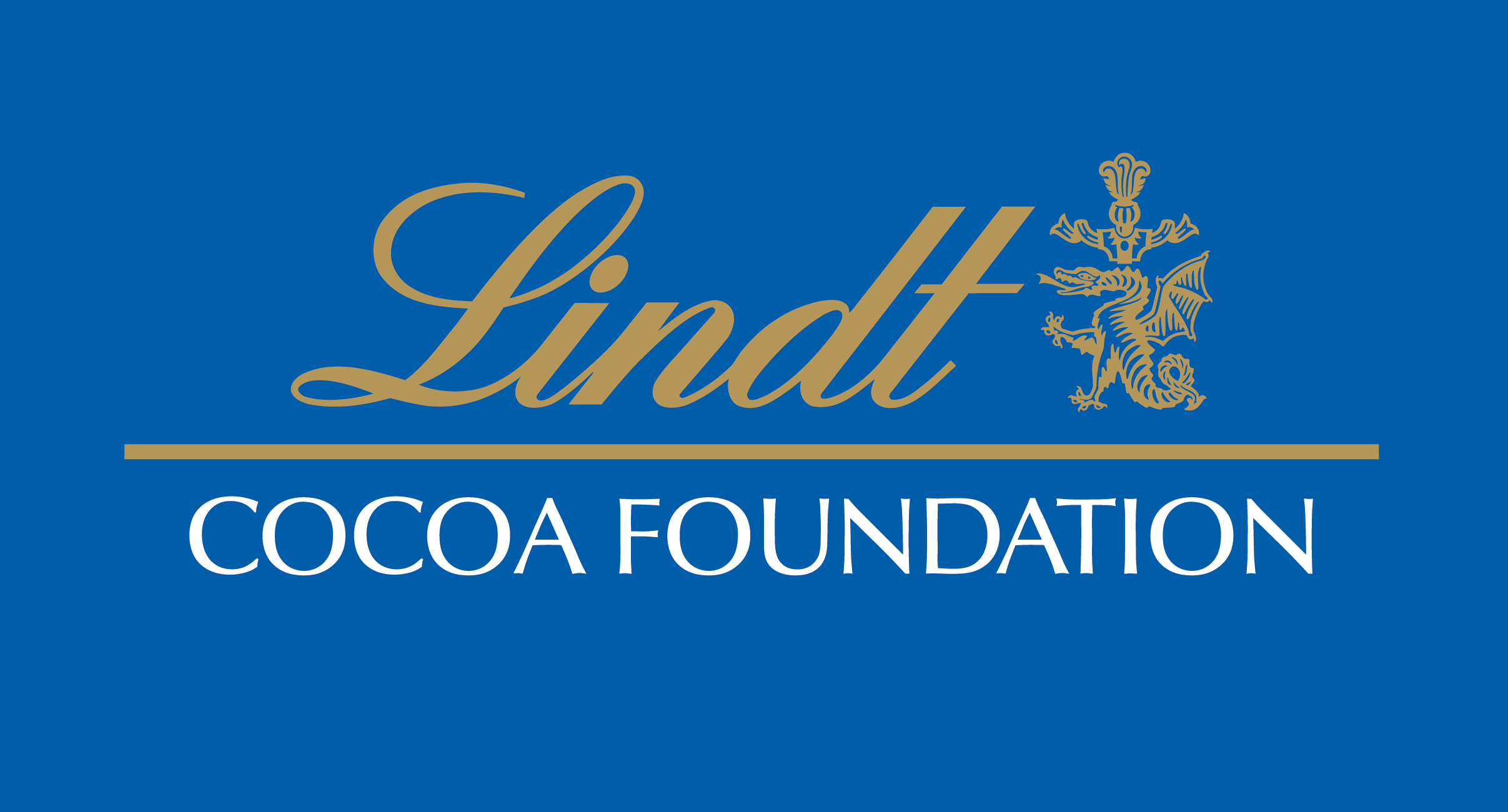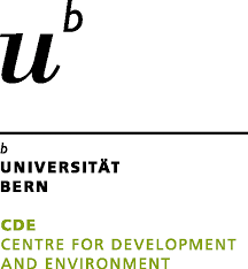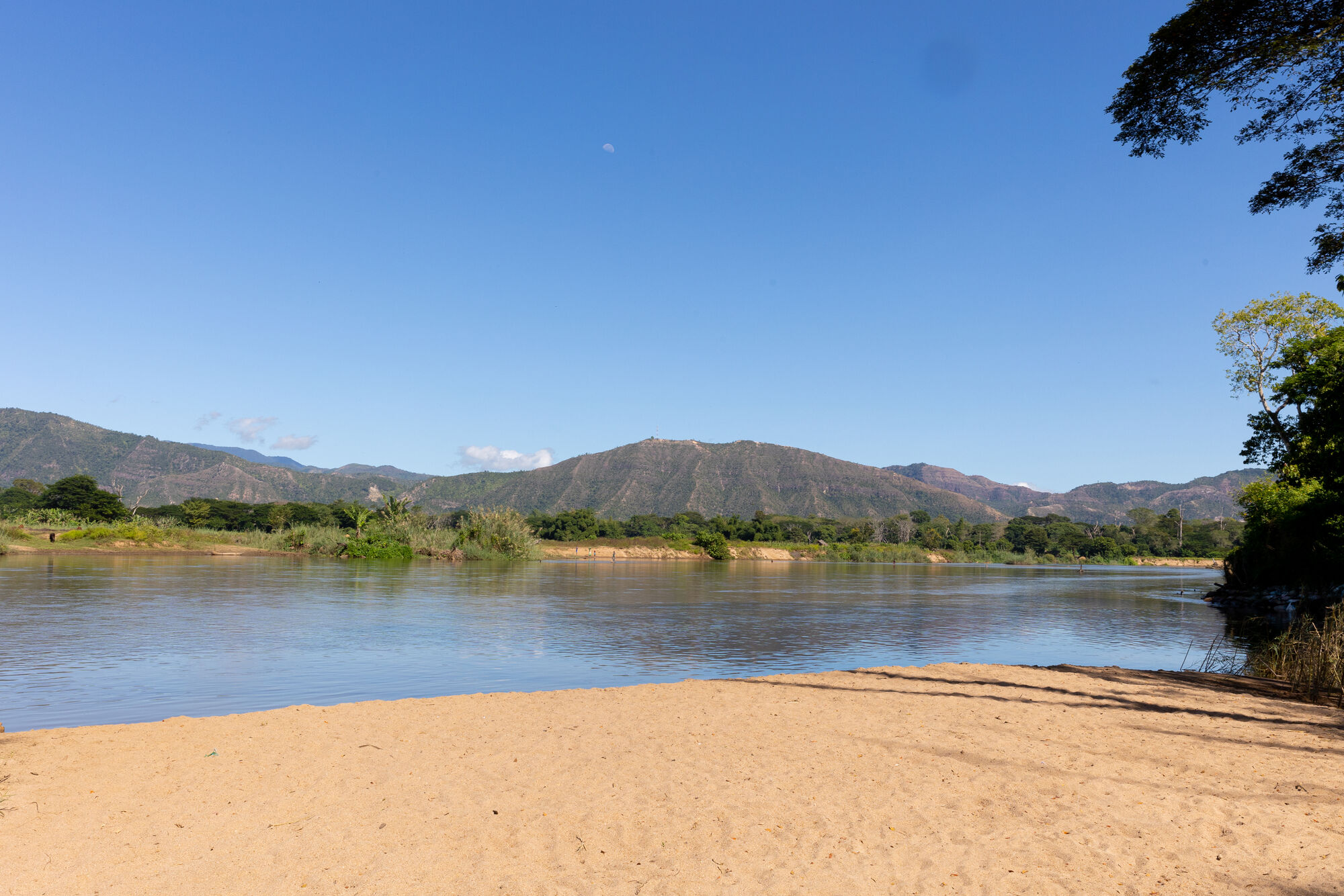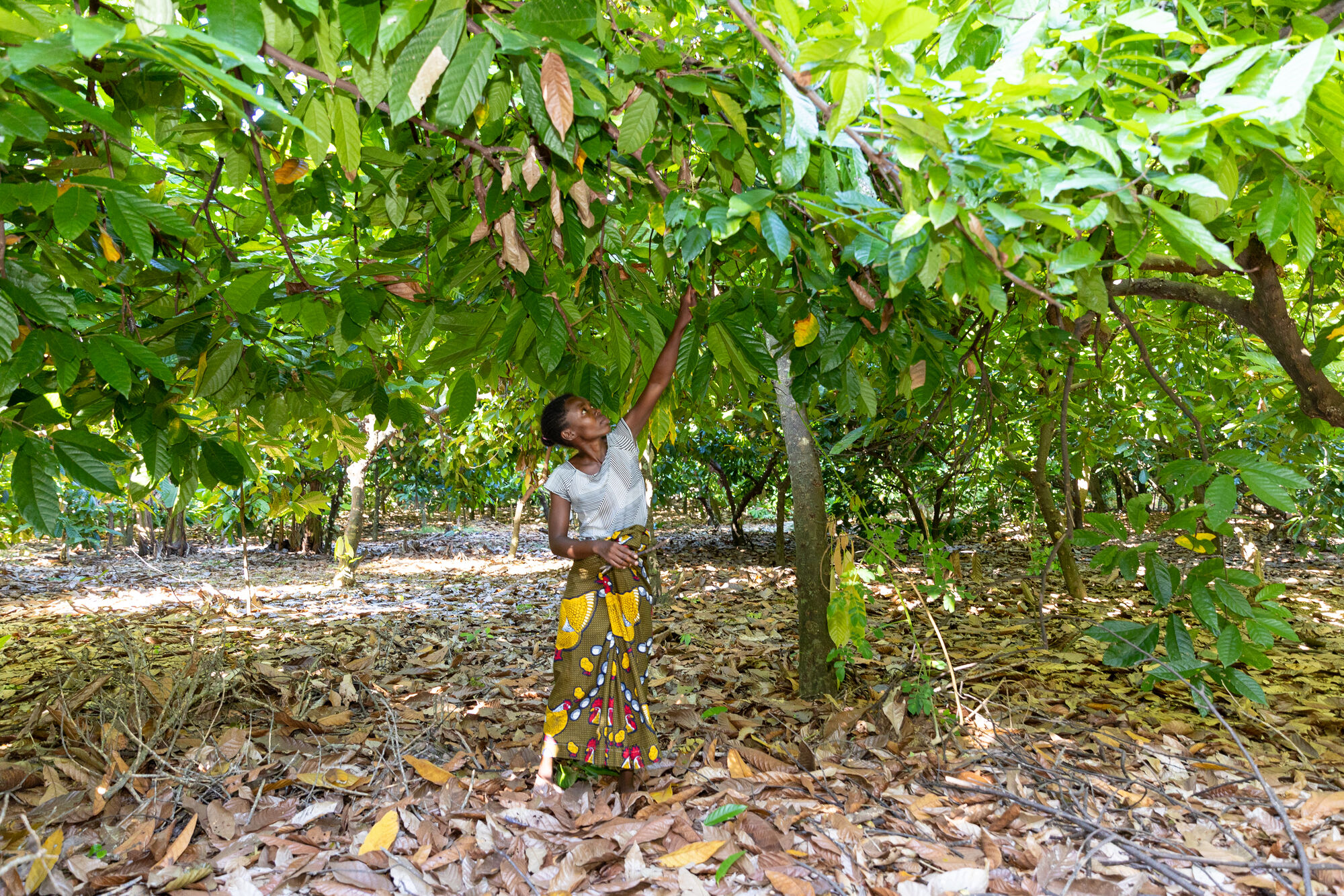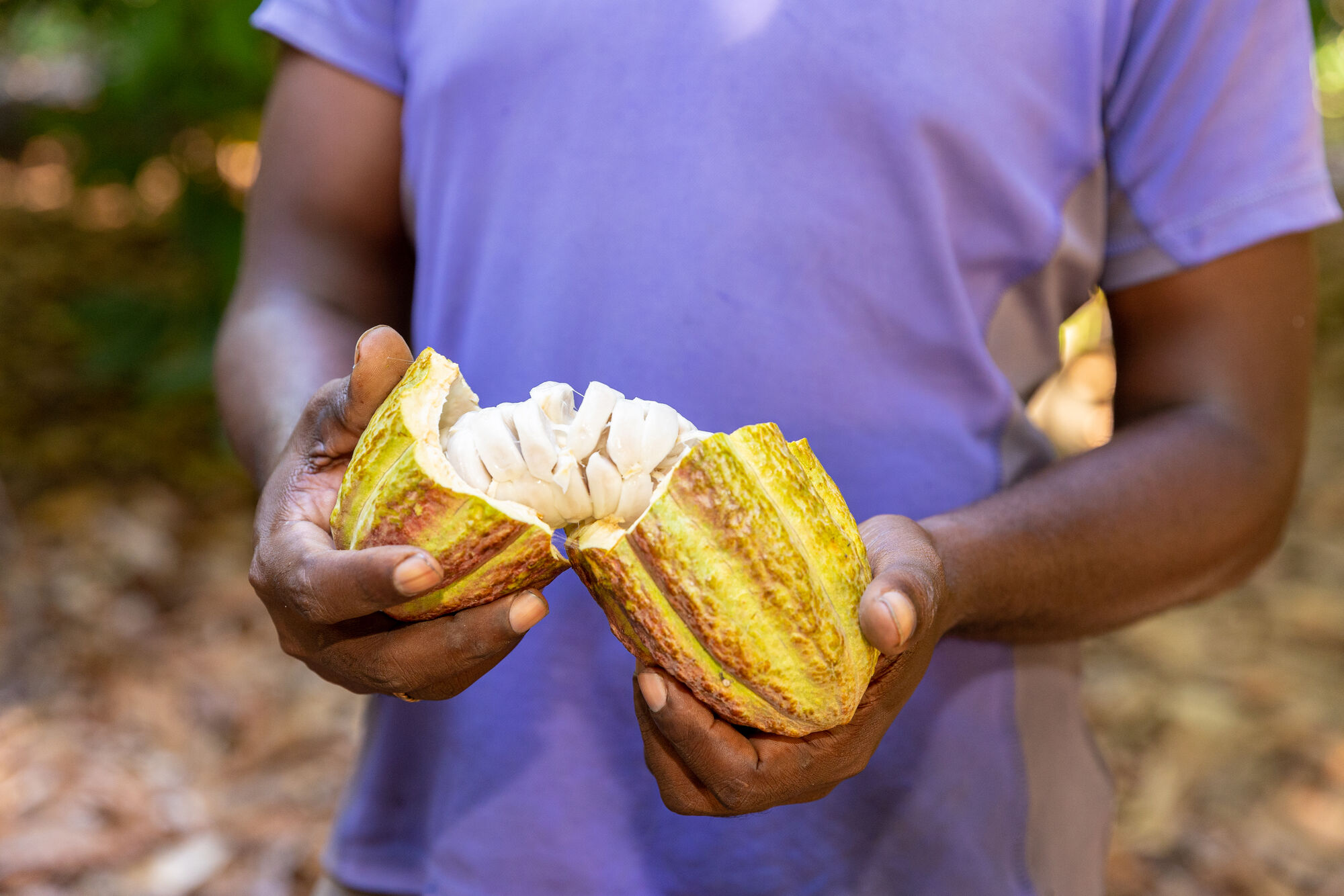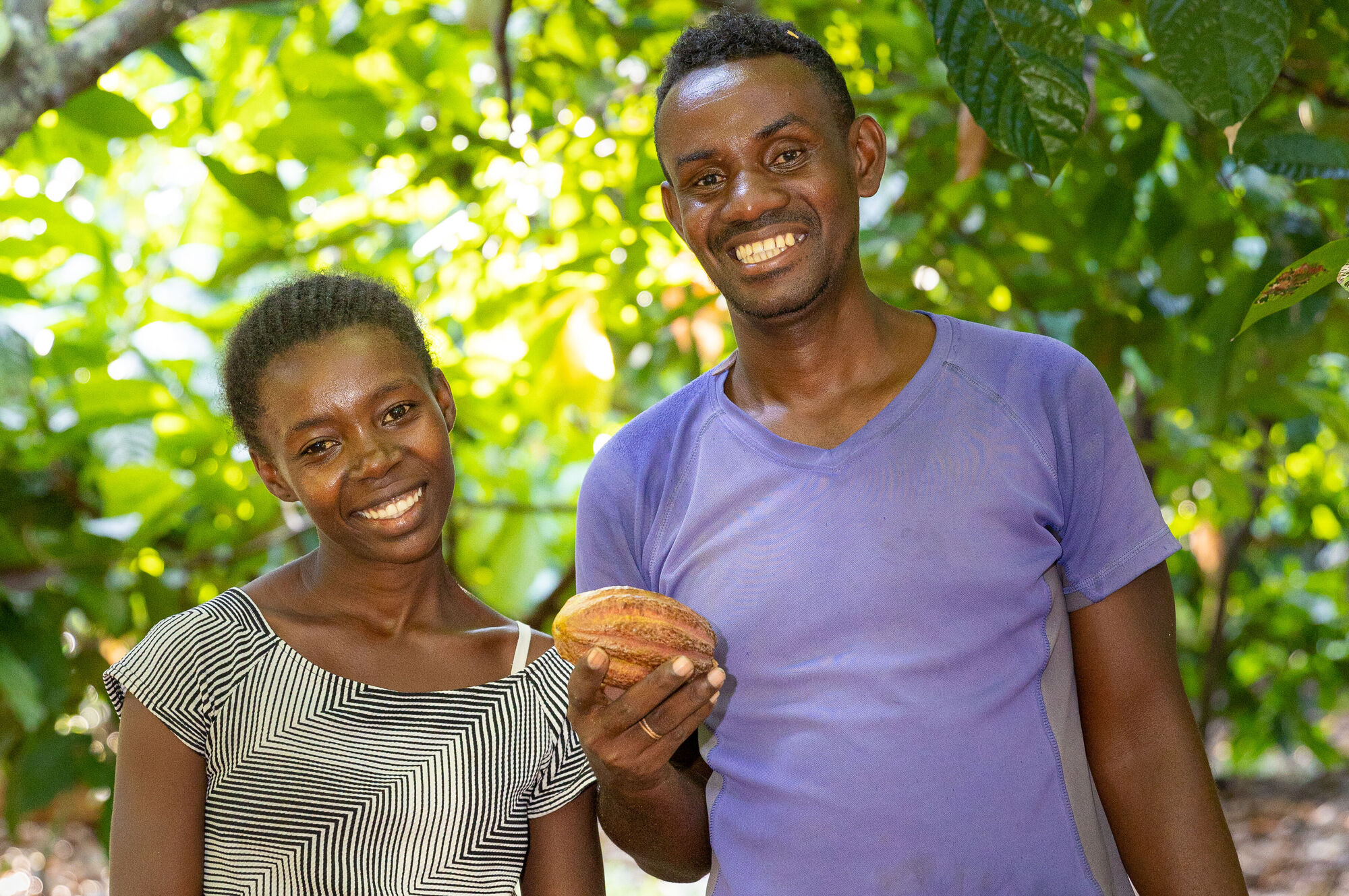Climate resilient cocoa landscape 1.0
What the project was about
Sustainable cocoa production in a multifaceted landscape can only be ensured if stakeholders from the civil society, the private sector, and national and local authorities have a common strategy for the landscape they are acting in. The project thus supported the development of a governance mechanism based on local level dialogues among multiple stakeholders and the elaboration of a common landscape level planning instrument to ensure coordinated action for the long-term safeguarding of ecosystem services in the Sambirano landscape.
What was done
The project worked towards a common vision for the landscape through a consultative and locally rooted multi-stakeholder process among multiple parties across sectors. A functional and institutionally anchored landscape-level governance body was built to ensure coordinated action: the Comité de Gestion du Bassin Versant du Sambirano (COGEBS).
Based on an in-depth landscape assessment, priority zones for conservation and carbon stock and ecological restoration were identified. They were incorporated into integrated conservation and land use plans at a landscape scale to guide the identification of coordinated landscape restoration interventions.
The landscape assessment, the multistakeholder landscape-level dialogue and the establishment of a governance mechanism were important prerequisites to leverage long-term support for landscape-level ecological restoration and livelihood strengthening around the cacao economy of the valley.
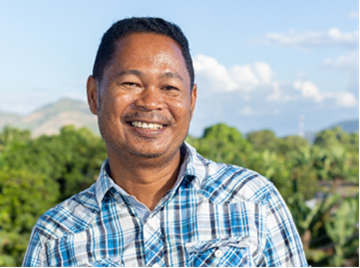
"A solution is only sustainable if all the stakeholders find their respective interests."
What the project achieved
The establishment of the Comité de Gestion du Bassin Versant du Sambirano (COGEBS) serves as the central governance mechanism, representing the communes, central ministries, economic operators, and industry platforms. This entity was founded through a multi-stakeholder process and has received formal recognition from the Regional Government.
The in-depth landscape analysis revealed the current landscape uses, identified priority actions and areas, including High Conservation Value (HCV) and High Carbon Stock (HCS) areas, and provided recommendations for its sustainable management.
Furthermore, two pilot interventions, identified through a participatory process, have been implemented. The first involves protective measures along river shores to prevent the loss of cocoa plantations, employing affordable nature-based solutions. The second intervention focuses on a concerted land titling operation.
In total, 2'200 farmers have received training on agroforestry systems, revenue diversification, and climate-smart agriculture, contributing to more sustainable and resilient agricultural practices.
What didn’t work or had unintended consequences
Female participation in the local consultation process presented a persistent challenge. The goal of achieving a higher level of women's involvement proved difficult to attain, primarily because of the prevailing gender inequality within the community.
Regrettably, only two of the three planned actions could be carried out as originally intended. These actions, which included the implementation of protective measures along river shores and the initiation of a land titling operation, were affected by delays brought about by the COVID-19 pandemic, which hindered the timely completion of the landscape assessment.
Interview with Maya Wolfensberger, Senior Advisor Climate Change at HELVETAS about the project
Maya Wolfensberger, you provide strategic advice to the landscape project and coordinate the collaboration with the involved partners. In what ways were the project’s approaches new and innovative?
Past and current conservation and livelihood initiatives have been mainly top-down with limited public engagement. Working towards a common and locally rooted vision among multiple parties across sectors in an entire watershed is a new approach, not only for Madagascar. Moreover, the project does not only look at the symptoms, but tackles the multiple root causes hindering the implementation of restoration and conservation, such as the lack of land tenure security, and lack of incentives for stakeholders to preserve the ecosystem.
What has Helvetas learned through the project?
I think in retrospect, we were too ambitious in terms of what can be achieved in two years. For example, we had the idea that we could already translate the landscape analysis into a formal landscape-level management plan. The latter takes much more time in Madagascar.
What do you recommend to other stakeholders implementing similar projects?
Landscape processes have to be planned with a long-term perspective. The real impact will only materialize over time. This requires that you work with donors and companies willing to invest in the long-term, realistically 10 or even more years. Expectation management is also important towards the beneficiaries, who may be frustrated if impacts are not tangible right away.
What are the next steps?
This project reflected the kickstart for an ambitious initiative which is broadly supported by the private sector, regional authorities, and international donors. The initiative continues now in the second phase of four years, which has been approved by SWISSCO under the new call for Landscape projects. The new phase that started in June 2023 will have a focus on landscape restoration and a sector-wide adoption of climate-resilient farming practices and agroforestry systems reaching out to over 5’000 cocoa farmers.
How is it ensured that the project has not only short-term but long-term effects?
Helvetas only acts as a facilitator of a long-term process based on a shared vision among stakeholders. The local landscape governance mechanism ensures the continuation beyond the project.
Organisations involved

